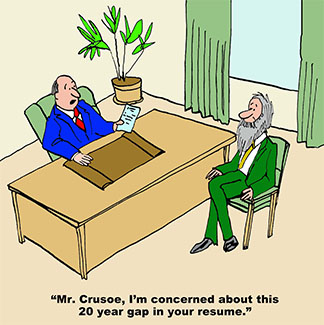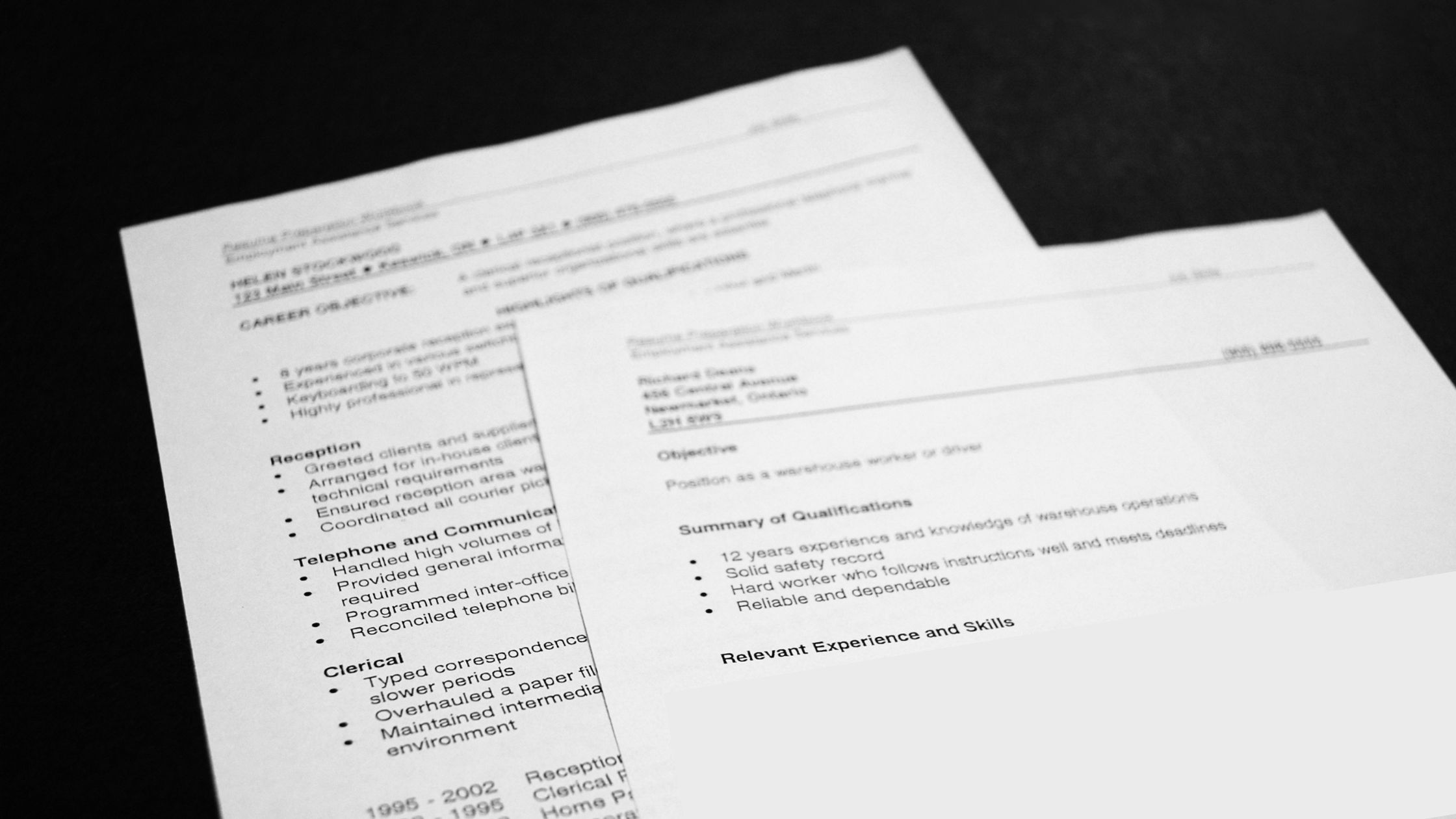In today’s competitive job market, it’s common for candidates to have gaps in their employment history. Importantly, there’s no such thing as a perfect job candidate, and employment gaps don’t have to be a dealbreaker. However, failing to address these gaps can raise red flags for potential employers. By proactively explaining gaps in a positive and professional manner, you can transform a potential weakness into a strength. Below, we explore effective strategies to address employment gaps, ensuring your resume and interview responses highlight your value and readiness to re-enter the workforce.
Why Addressing Employment Gaps Matters
First and foremost, employers often view unexplained gaps as a sign of inconsistency or lack of commitment. To counter this perception, you must provide clear, honest, and positive explanations for any periods of unemployment. By doing so, you demonstrate transparency, accountability, and a proactive attitude. Furthermore, framing your gaps as opportunities for growth or contribution can make your resume and interview responses stand out. Let’s dive into specific reasons for employment gaps and how to present them effectively.

Common Reasons for Employment Gaps and How to Explain Them
1. Volunteering Your Time
Volunteering during an employment gap showcases your initiative and commitment to making a positive impact. For instance, if you dedicated time to a nonprofit organization, community project, or charitable cause, highlight the skills you developed, such as leadership, teamwork, or project management. Additionally, volunteering often expands your professional network, which can be a valuable asset. When explaining this gap, emphasize how your efforts aligned with your core values and enhanced your qualifications.
Example: “During a six-month period, I volunteered with [Organization Name], where I organized community outreach programs, honing my project management and communication skills while contributing to a meaningful cause.”
2. Caring for a Family Member
Many individuals take time off to care for a loved one, such as a child, elderly parent, or sick relative. This is a valid and relatable reason for an employment gap. To address this, briefly explain the situation while emphasizing that the caregiving responsibilities have concluded or no longer require your full-time attention. If possible, mention any transferable skills, such as time management or problem-solving, that you developed during this period.
Example: “I took a year away from full-time work to care for a family member recovering from a medical procedure. During this time, I developed strong organizational and crisis-management skills, and I’m now eager to re-enter the workforce with renewed focus.”
3. Conducting an Active Job Search
If you left a job to focus on finding a new role, frame this decision as an ethical and strategic choice. For example, you might explain that you didn’t want to split your focus between a current job and a thorough job search. Whether you left voluntarily or due to other circumstances, such as a layoff or company closure, be honest but focus on the proactive steps you took during the gap. Highlight activities like attending networking events, completing online courses, or obtaining certifications to show you remained productive. If you left voluntarily, emphasize your commitment to finding the right career fit. If the departure was involuntary, briefly acknowledge the situation and pivot to how you used the time to grow professionally.
Example for Voluntary Departure: “After voluntarily leaving [Company Name] to pursue a role better aligned with my career goals, I dedicated three months to a targeted job search. During this time, I attended industry networking events and completed a [specific course/certification] to enhance my expertise in [relevant field].”
Example for Involuntary Departure: “Following a company-wide layoff at [Company Name], I took three months to focus on my job search, during which I attended industry networking events and earned a [specific course/certification] to strengthen my skills in [relevant field].”
4. Enhancing Education or Skills
Taking time to pursue additional education or certifications is a powerful way to justify an employment gap. Employers typically view this as a proactive step that strengthens your qualifications. Be sure to highlight the specific skills or credentials you gained and how they align with the job you’re applying for. Even informal learning, such as online courses or self-study, can demonstrate your commitment to professional growth.
Enhancing: “I took a nine-month break to complete a [specific course/certification] in [field/skill], which equipped me with advanced knowledge in [specific area] and prepared me to contribute effectively to [industry/role].”
5. Traveling for Personal Growth
Travel can be a valid reason for an employment gap, especially if you frame it as a period of personal and professional development. For example, traveling abroad can demonstrate adaptability, cultural awareness, and a global perspective—qualities that are highly valued in many industries. Explain how your experiences have made you more focused and prepared for your career.
Example: “I spent six months traveling across [region/country], immersing myself in diverse cultures and improving my adaptability and problem-solving skills. This experience has given me a fresh perspective and renewed dedication to my career in [industry].”
How to Answer Employment Gap Questions in an Interview
When addressing employment gaps in an interview, preparation is key. Employers may ask directly, “Can you tell me about this gap in your employment history?” or indirectly inquire about your career timeline. To respond effectively, craft a concise, positive, and confident answer that aligns with your resume and highlights your readiness to return to work. Below is a sample response framework and example to guide you.
Framework for Answering in an Interview
- Acknowledge the Gap Briefly: Start by acknowledging the gap without dwelling on it.
- Explain the Reason Positively: Share the reason for the gap, focusing on productive or meaningful activities.
- Highlight Skills or Growth: Emphasize any skills, experiences, or personal growth gained during the gap.
- Pivot to Your Enthusiasm: Conclude by expressing your eagerness to contribute to the role and organization.
Sample Interview Answer
Question: “I noticed a gap in your employment between 2022 and 2023. Can you tell me more about that period?”
Answer: “Absolutely. Between 2022 and 2023, I took a six-month break to care for a family member who was recovering from a serious illness. During that time, I developed strong organizational and problem-solving skills, as I coordinated their care and managed multiple responsibilities. That experience also gave me a renewed sense of focus and purpose, and I’m now fully prepared and excited to bring my skills in [relevant skill/field] to your team.”
This response is concise, addresses the gap directly, highlights transferable skills, and pivots to enthusiasm for the role.
Tips for Addressing Employment Gaps Effectively
To ensure your explanation resonates with employers, consider the following strategies:
-
Be Honest and Concise: Provide a brief, truthful explanation without oversharing personal details. Focus on the positive outcomes of your time away from work.
-
Highlight Transferable Skills: Even if your gap wasn’t work-related, identify skills you developed that are relevant to the job, such as communication, organization, or adaptability.
-
Use a Functional or Combination Resume: Instead of a chronological resume, consider a functional or combination format that emphasizes your skills and achievements over the timeline of your employment.
-
Address Gaps in Your Cover Letter: Use your cover letter to briefly explain any gaps and pivot to your enthusiasm for the role and your qualifications.
-
Prepare for Interviews: Be ready to discuss your employment gap confidently during interviews. Practice a clear, positive explanation that aligns with your resume, using the framework above.
For additional insights on addressing employment gaps professionally, check out this LinkedIn article on explaining career breaks for expert tips and strategies.
-
Showcase Productivity: Regardless of the reason for your gap, emphasize how you remained productive, whether through learning, volunteering, or personal growth.
Framing Gaps as a Strength
Ultimately, the key to addressing employment gaps is to focus on the positive actions you took during that time. By highlighting your initiative, growth, and commitment, you can turn a potential red flag into an opportunity to showcase your resilience and adaptability. For example, instead of saying, “I was unemployed for a year,” you might say, “During a one-year period, I pursued [specific activity], which strengthened my skills in [relevant area] and prepared me for this role.”
Conclusion
Employment gaps are a common part of many career paths, and with the right approach, they don’t have to hinder your job search. By providing clear, positive explanations in your resume and practicing confident responses for interviews, you can present yourself as a strong, capable candidate. Whether you were volunteering, caregiving, upskilling, or exploring the world, frame your experiences as valuable contributions to your personal and professional growth. With transparency and confidence, you can turn employment gaps into a compelling part of your career story.




